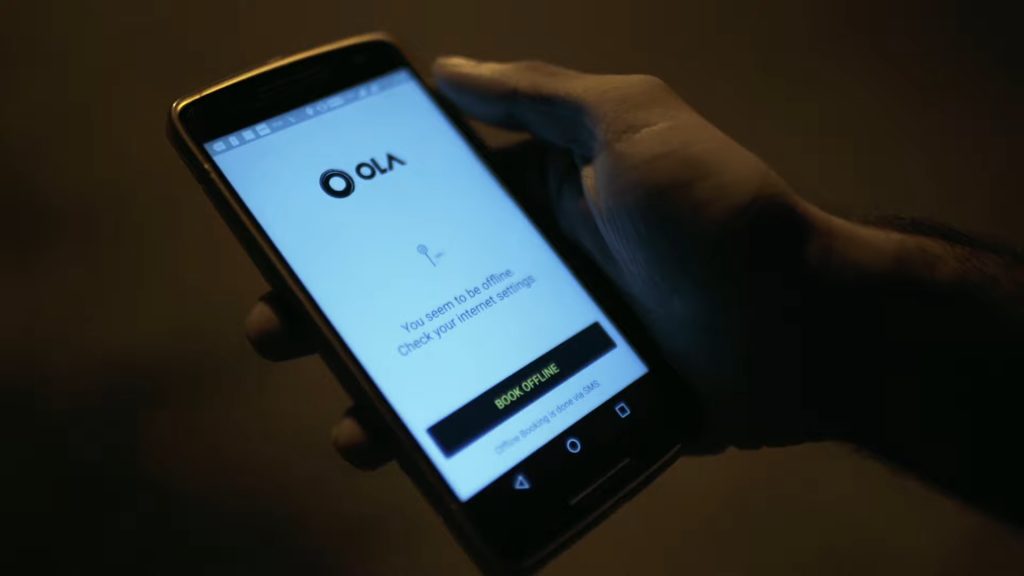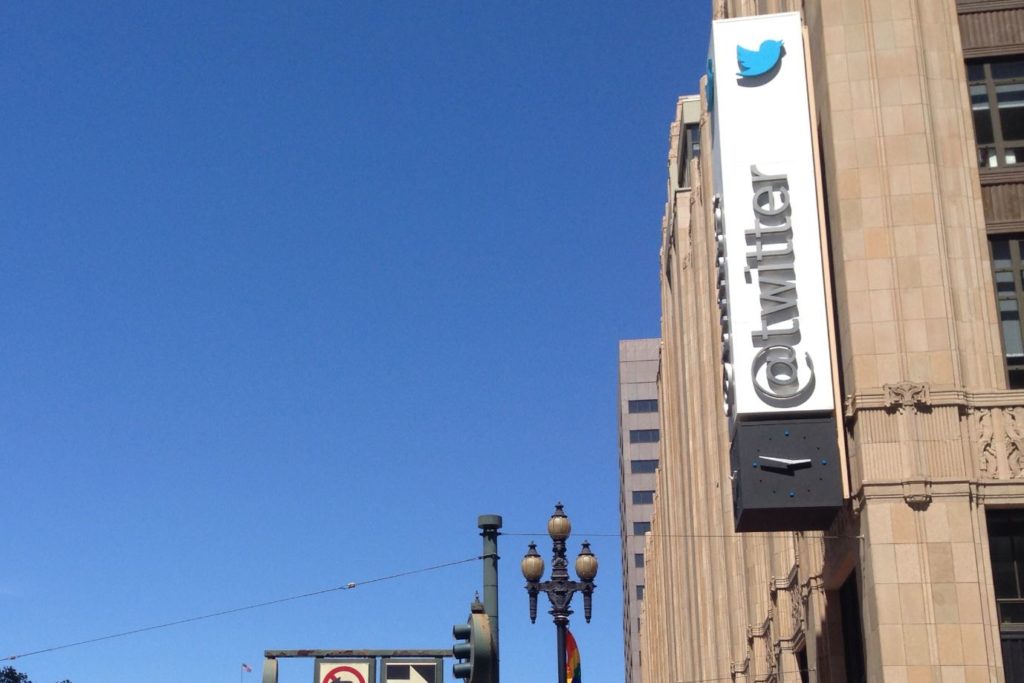YouTube is updating Shorts with Google Lens, allowing users to search for information directly from the content they view. With this integration, viewers watching a Short can pause the video and tap the Lens icon within the YouTube mobile app. They can then highlight or circle an object of interest (like an animal, plant, or landmark), and Google Lens will provide visual matches along with relevant search results shown on top of the video.
Importantly, YouTube has clarified that Google Lens will not use biometric facial recognition to identify individuals. However, it may display information about notable public figures when applicable. According to the company, this feature is expected to roll out in beta in the coming weeks. During the initial testing phase, the feature will not display ads in the search results and will exclude Shorts containing affiliate shopping links.
“In the coming weeks, you’ll be able to use Lens to search what you see while watching Shorts. For example, if you’re watching a Short filmed in a location that you want to visit, you can select a landmark to identify it, and learn more about the destination’s culture and history,” the company informed in a blog post.
The latest move fits with the company’s plan to improve visual search, giving users more ways to find content without just typing in words. By integrating Google Lens into YouTube Shorts, the platform aims to provide a more engaging and informative viewing experience. Earlier in 2024, YouTube added Google Lens directly into the search bar. This lets users search for videos by taking a photo or uploading an image, using Google Lens’ image recognition technology.
The latest development arrives at a time when YouTube Shorts is facing tough competition from other short-video sharing platforms like TikTok and Instagram’s Reels. The Google-owned platform is also no stranger to challenges. For example, in 2024, Google faced a trademark lawsuit in the UK over the use of the term ‘Shorts’ for its video platform. But the court ultimately ruled in favour of the company, stating that there was no significant risk of consumer confusion between YouTube Shorts and the plaintiff’s brand.
Even on the AI front, YouTube’s efforts have attracted controversy. The company introduced AI-powered tools like Veo, which allow users to generate six-second videos from simple text prompts. However, despite promoting creativity and accessibility, some creators have expressed concerns about its impact. They question the authenticity of AI-generated content and worry about its effect on genuine creator-driven videos. In response, YouTube added SynthID watermarks to AI-generated content in an effort to maintain transparency.
Content originally published on The Tech Media – Global technology news, latest gadget news and breaking tech news.






